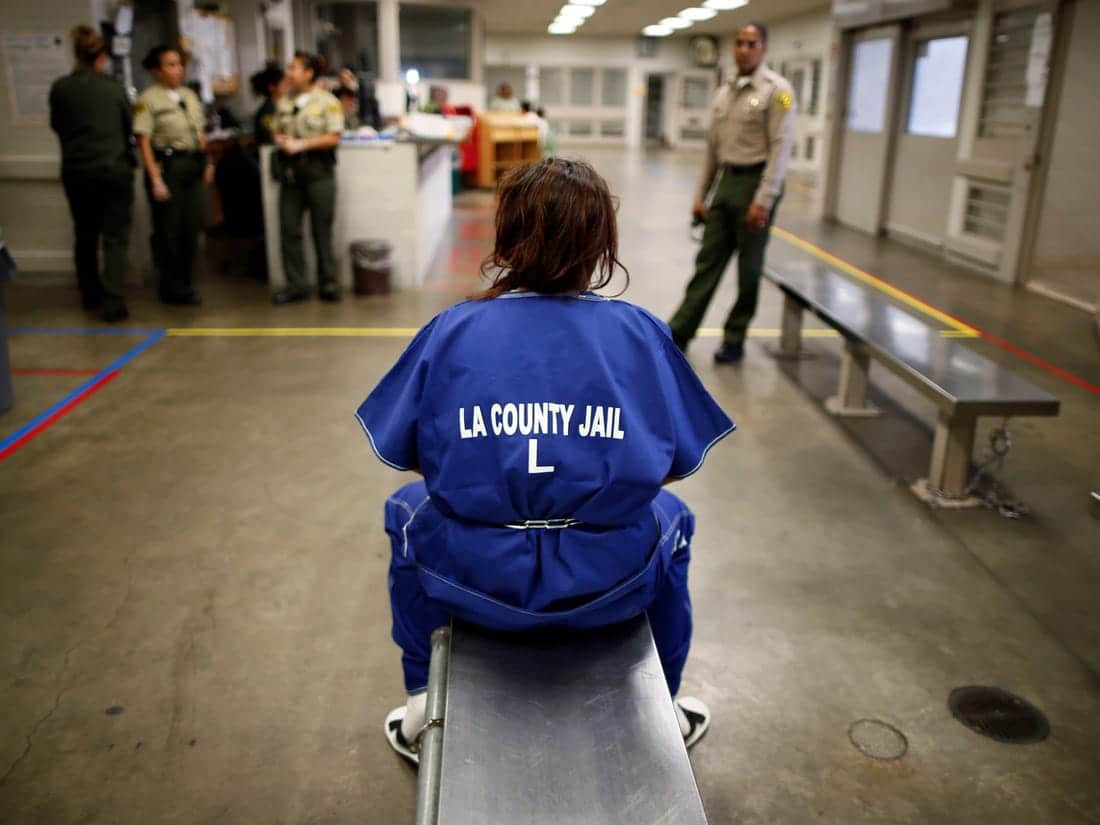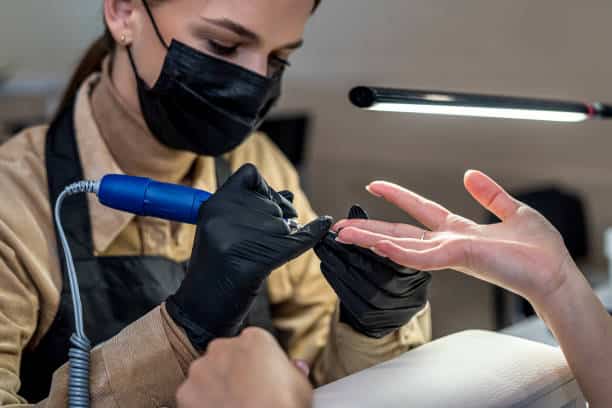Do you have concerns about other people’s well-being? You detest seeing sick individuals, especially those with leukemia or sickle cell anemia. Do you receive routine medical care and maintain good health?
We have the most excellent step-by-step instructions if you’re worried about how to save lives by becoming a bone marrow donor.
Being a bone marrow donor has several benefits which include providing a sick individual a second shot at life and restoring hope in the face of seemingly hopeless medical conditions.
The donor and the recipient must be a good match for a bone marrow transplant to be effective. Matching bone marrow stem cells is trickier than comparing blood types.
Moreover, the human leukocyte antigen (HLA) will be examined to determine whether you might be a bone marrow match.
HLA is a protein that is present in most body cells, including immune system cells. The likelihood of a successful bone marrow transplant increases with an HLA match.
Table of contents
- What Is Bone Marrow?
- What Is Bone Marrow Transplant?
- Why Is Bone Marrow Transplant Important?
- What conditions Can you benefit from a bone marrow transplant?
- How are recipients and donors matched?
- How many times is it possible to give bone marrow?
- Steps on How to Become A Bone Marrow Donor
- Does it cost anything to join the registry or donate Bone Marrow?
- What are the Different Bone Marrow Transplants?
- Pros and Cons of Bone Marrow Transplant
- FAQs
- Conclusion
- References
- Recommendations
What Is Bone Marrow?
The soft, spongy tissue called bone marrow is found in several big bones’ medullary cavities (centers).
The stem cells that form blood cells and the immune system’s cells are found in bone marrow, making it a vital component of the body.
What Is Bone Marrow Transplant?
A bone marrow transplant is a treatment that replaces bone marrow that isn’t creating enough healthy blood cells with healthy blood-forming stem cells.
Another name for a bone marrow transplant is a stem cell transplant.
Read Also: How to Become a Podcaster in 2023 | Full Step Guide
Why Is Bone Marrow Transplant Important?
With bone marrow transplants, many illnesses and cancers can be cured.
A bone marrow transplant may be required if the chemotherapy or radiation dosages needed to treat a patient’s cancer are so high that the treatment may permanently harm or destroy the patient’s bone marrow stem cells.
If a disease has ravaged the bone marrow, transplantation of that tissue may also be required.
What conditions Can you benefit from a bone marrow transplant?
Leukemias, severe aplastic anemia, lymphomas, multiple myeloma, immune deficiency disorders, and some solid-tumor cancers are some conditions that can benefit from bone marrow transplants.
How are recipients and donors matched?
For successful marrow and cord blood transplants, specific antigens known as HLA-A, HLA-B, HLA-C, and HLA-DRB1 are required (also called BMT).
These antigens are employed to “match” a patient with a donor. The outside of white blood cells and other body tissue is covered in proteins known as antigens.
People of the same race and ethnicity are more likely to complement one another while looking for a match.
How many times is it possible to give bone marrow?
Due to your body’s ability to regenerate lost bone marrow, you can give it multiple times.
It does not, however, follow that you will be matched with a recipient simply because you register as a donor. It’s uncommon to discover several matches.
Read Also: How to Become AARP Member in 2023 | Full Step Guide
Steps on How to Become A Bone Marrow Donor
Becoming a bone marrow donor or peripheral blood stem cells (PBSC) donor involves several procedures.
The procedures are in place to guarantee that the donor and recipient are the most excellent matches and that the donor is healthy enough to give.
Here are the steps on how to become a Bone Marrow Donor:
Becoming a member of the Be the Match Registry is the first step in becoming a bone marrow donor.
The Be the Match Registry, assists more patients in receiving transplants. It’s the world’s most extensive and diversified donor registry.
Through this registry, patients looking for a cure can connect with bone marrow donors who can help save their lives.
To join the registry, you must be between 18 – 40. If you are under 18, you can register for the Under 18 Pre-registry to join the registry on your 18th birthday.
Afterward, the registry adds your tissue type when you sign up for Be The Match.
Also, you will be contacted if they find you to be a potential bone marrow match for a patient after the registry sums up your tissue type when you sign up for Be The Match.
Suppose you are contacted as a potential match. In that case, your HLA type is comparable to that of a patient with leukemia, sickle cell anemia, or another severe illness.
They will provide you with comprehensive information regarding the donation process, the healing process, dangers, and side effects. Also, you must complete a consent form if you decide to give it.
Each step will require you to:
- Reiterate your commitment to going forward.
- Adhere to a consent document.
- Answer questions about your health to ensure the contribution is secure for you and the recipient.
- Confirm the details of your contact.
- Discuss any queries you may have regarding further testing and the donation procedure.
Read Also: How to Become a Savvy Crypto Person in 2023 | Full Step Guide
Does it cost anything to join the registry or donate Bone Marrow?
As a donor, your time will be the most significant expense. The following are what you would need time for:
- Give additional blood samples if necessary.
- Doctor’s evaluation.
- Donate if you’re okay with donating.
ABMDR will pay for all hospital and medical costs associated with your donation. They will directly pay all incidental expenses related to the contribution, including lodging and transportation to and from the collection site.
What are the Different Bone Marrow Transplants?
There are two significant types of bone marrow transplants. The Autologous Transplant and Bone marrow transplant using allograft. The patient’s doctor will choose which one is best for the patient.
Autologous Transplant
A person’s stem cells is used in autologous transplants. Before initiating a cell-damaging therapy like chemotherapy or radiation, they often require taking a sample of your cells. Your body receives your cells back after the procedure.
There are not always options for this kind of transplant. It can only be applied if the bone marrow is in good condition. However, it reduces the chance of significant side effects, such as GVHD.
Bone marrow transplant using an allograft
The patient and the donor have the same genetic makeup. A genetically compatible donor, typically a brother or sister, provides stem cells through bone marrow collection or apheresis.
Additional bone marrow donors for allogeneic transplants could be various bone marrow transplants (BMT or MUD for matched unrelated donors).
Read Also: How to Become Google Partner in 2023 | Full Step Guide
Pros and Cons of Bone Marrow Transplant
Pros
- A donation from a powerful immune body can aid the patient’s immune system development if they have immunological weaknesses.
- Both acute and chronic leukemia can be cured with this technique.
- By replacing damaged bone marrow after treatment, bone marrow transplant also contributes to safe administering chemotherapy dosages.
- Leukemia, immunological deficiencies, and inherited metabolic problems are just a few of the conditions that it aids in treating.
- A bone marrow transplant aids in supplying newly developed stem cells, which are crucial in destroying cancer cells.
Cons
- After the transplant, the recipient and the donor have minor short-term and long-term side effects. For both sides, the symptoms could include nausea and vomiting, mouth sores or ulcers, infections, bleeding, anemia, fatigue, and many more.
- Organ damage is one risk. The potential for aftereffects modifications is pretty terrifying.
- Graft versus host disease may develop because of problems from an allogeneic transplant following a bone marrow transplant.
FAQs
Even though transplantation is a life-saving procedure, not all patients make it. The pre-transplant chemotherapy and radiation can occasionally be too much for a patient’s body to handle.
After a transplant, health issues might sometimes arise.
However, a transplant is frequently a successful procedure and the best or only option for recipients. Your contribution provides their second chance at life and hope.
Collecting the donor’s marrow is done while they are under general or local anesthetic so they won’t feel any pain.
From individual to person, discomfort and side effects differ. A few adverse effects are common for bone marrow donors after their donation.
Avoid drinking alcohol or caffeinated drinks (coffee, tea, soft drinks) throughout the donation process. Aspirin and NSAIDs, including ibuprofen, naproxen, Motrin, Advil, and Aleve, are not recommended. It is best to not consume Pepto-Bismol or other liquid antacid drugs.
Becoming a bone marrow donor begins with signing up with the Be The Match Registry. To locate matches for their patients, doctors from all around the world search the registry.
PBSC donation does not involve surgery and does not call for anesthesia, unlike marrow donation. Even a few weeks following the treatment, marrow donors could still feel sore and stiff. Filgrastim (also known as G-CSF), a medication used to promote the release of blood-forming cells from the bone marrow, causes symptoms in PBSC donors before the donation, such as bone pain and muscle discomfort.
Read Also: How to Become a Pilot for an Airline in 2023 | Full Step Guide
Conclusion
How to become a bone marrow donor is in our step-by-step instruction manual. We examined frequently asked queries about bone marrow transplants in depth.
We contrasted the benefits and drawbacks of a bone marrow transplant. This would allow donors to evaluate other options before donating their bone marrow.
The prognosis and long-term survival may differ significantly from patient to patient following Bone Marrow Transplantation (BMT), as with any operation or therapy. Following a bone marrow transplant, the patient also needs ongoing follow-up care.





